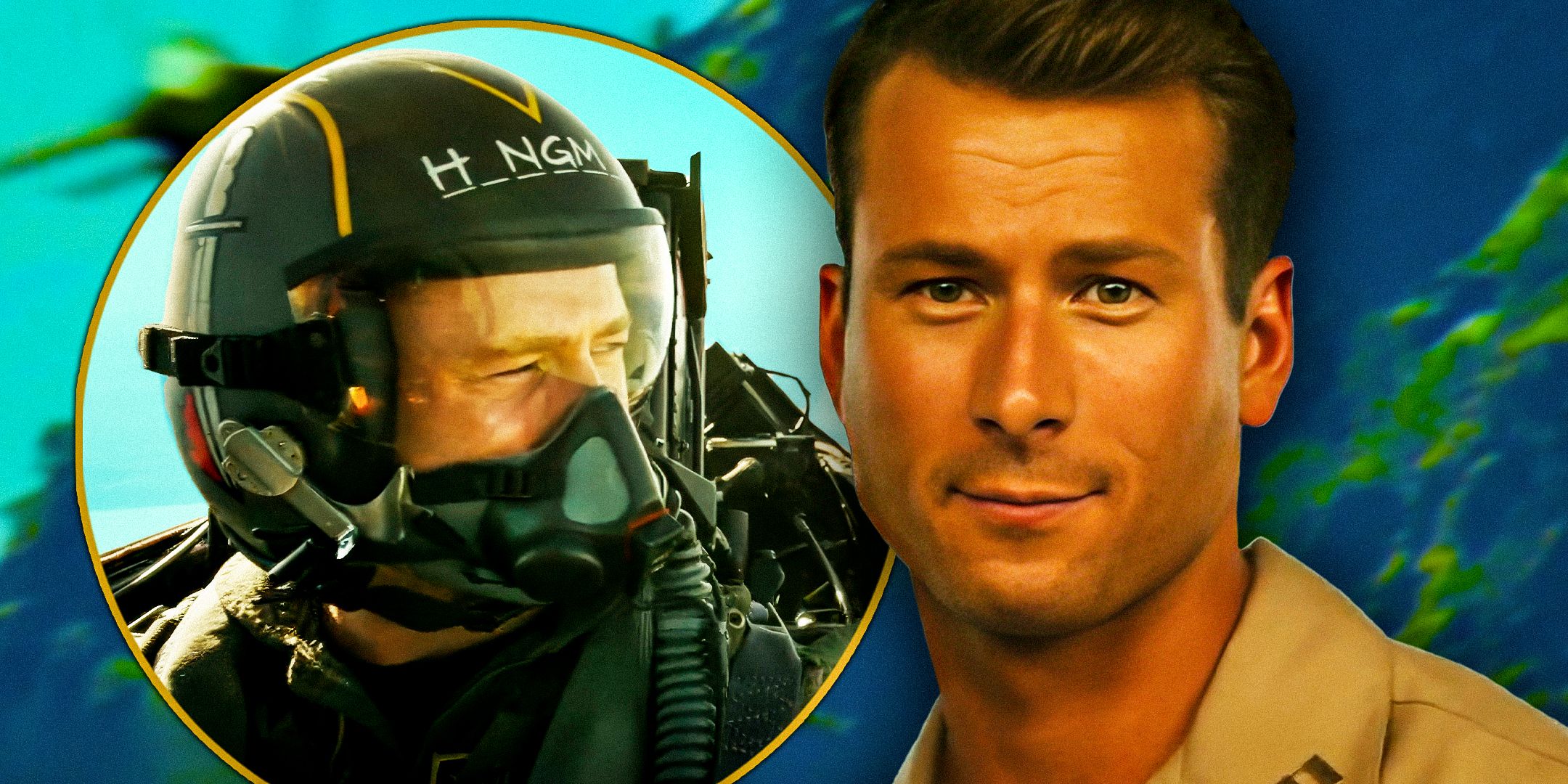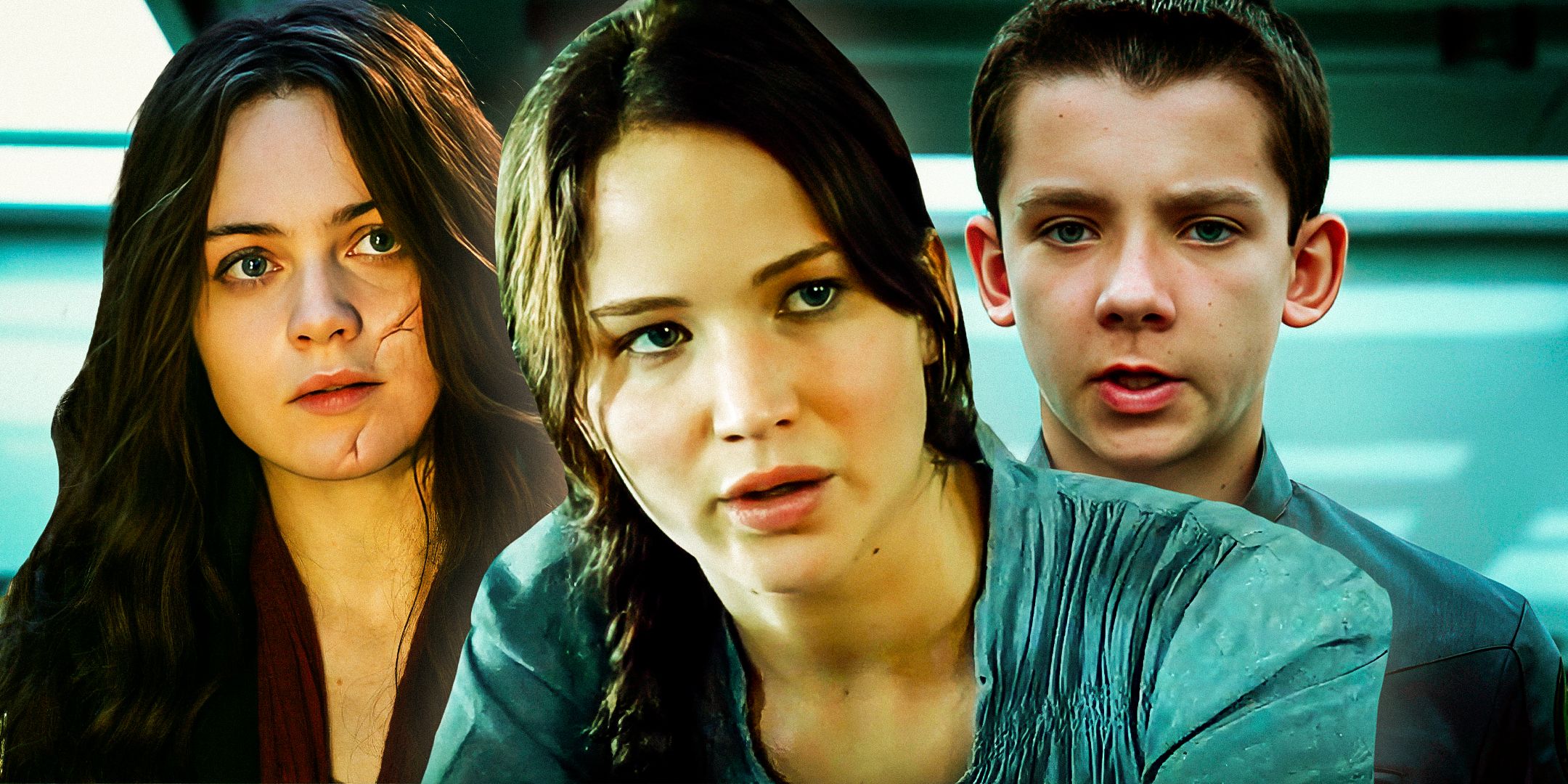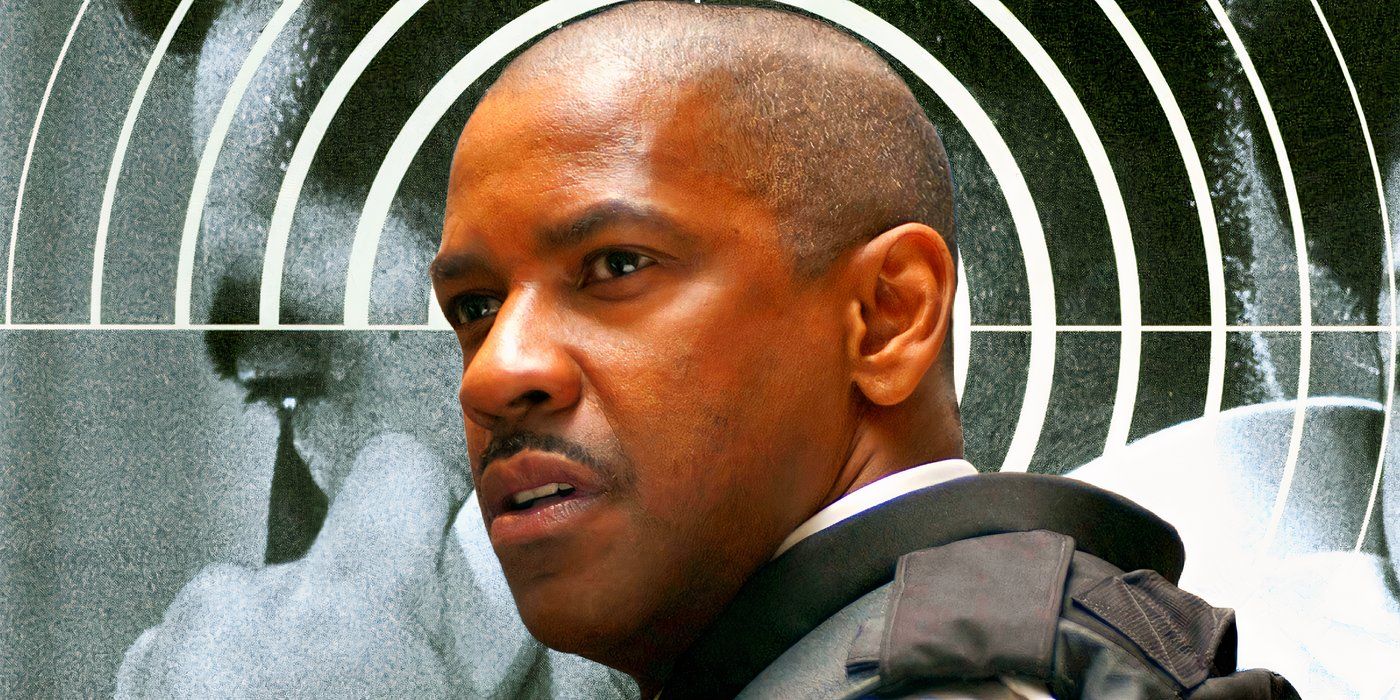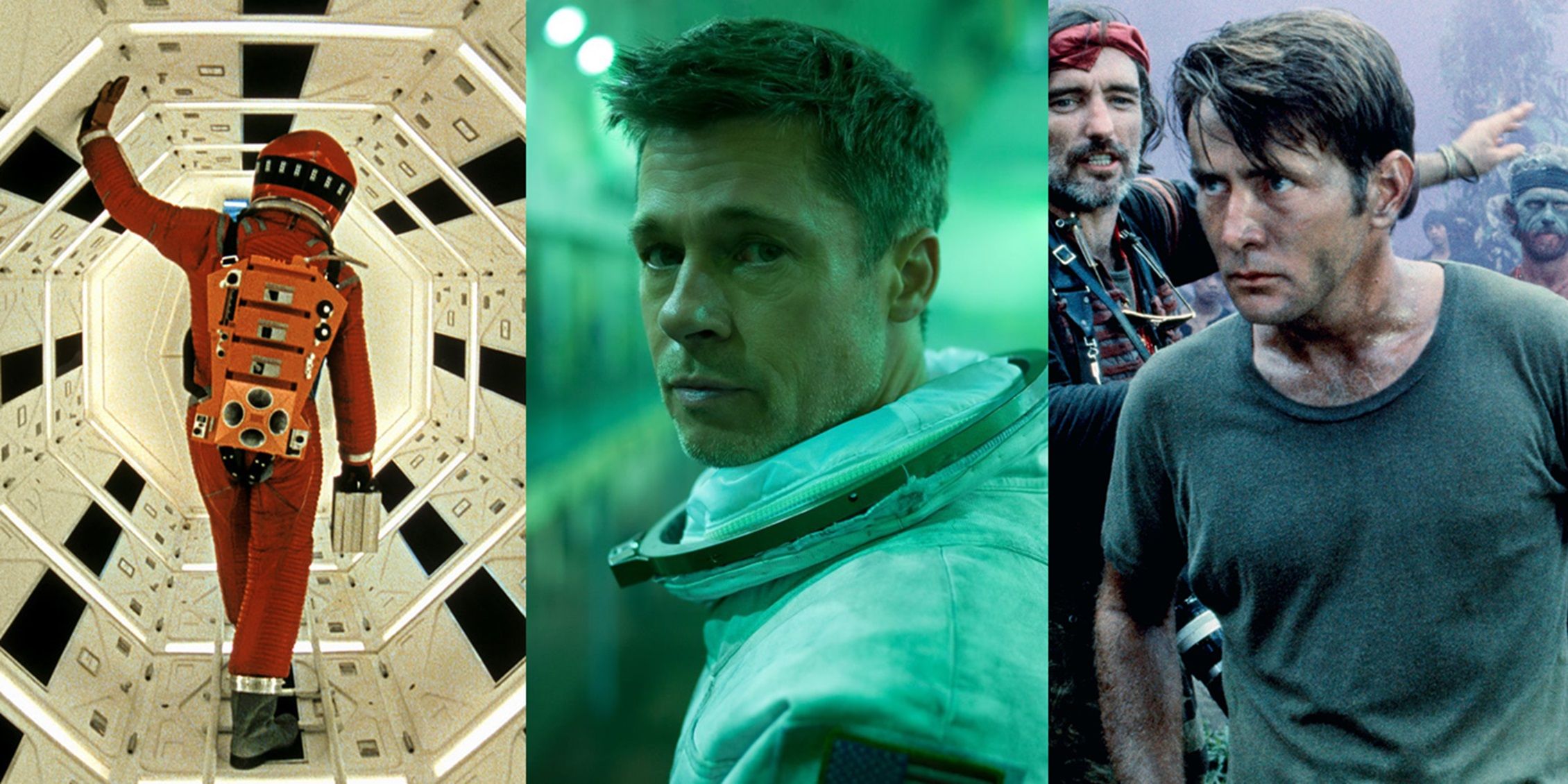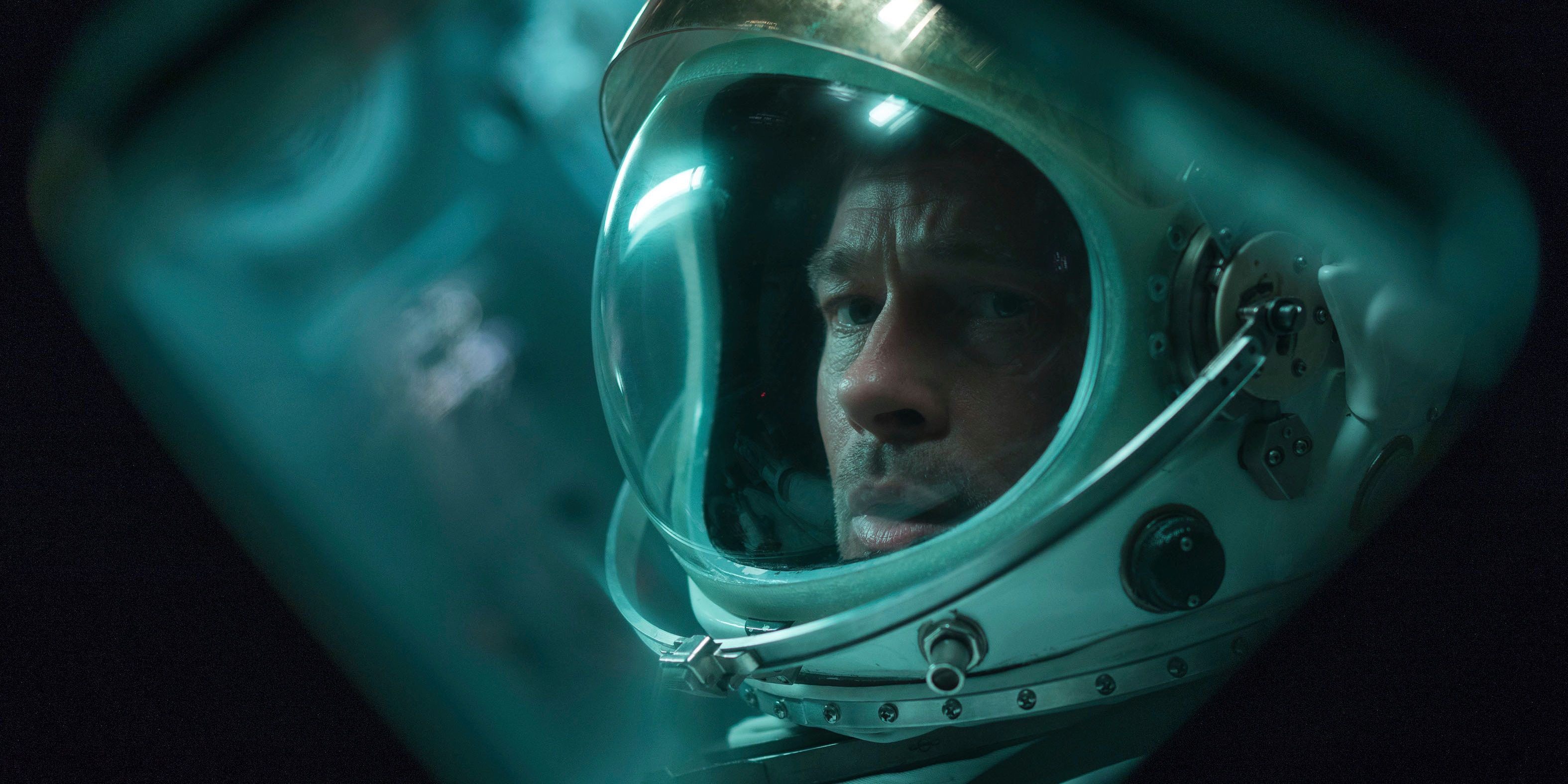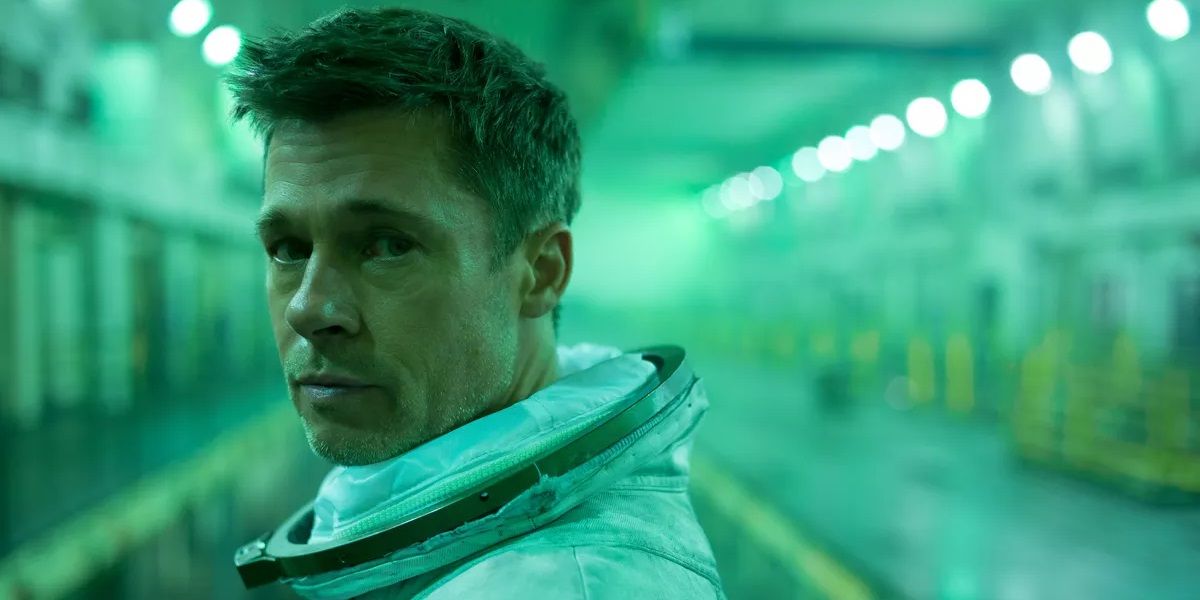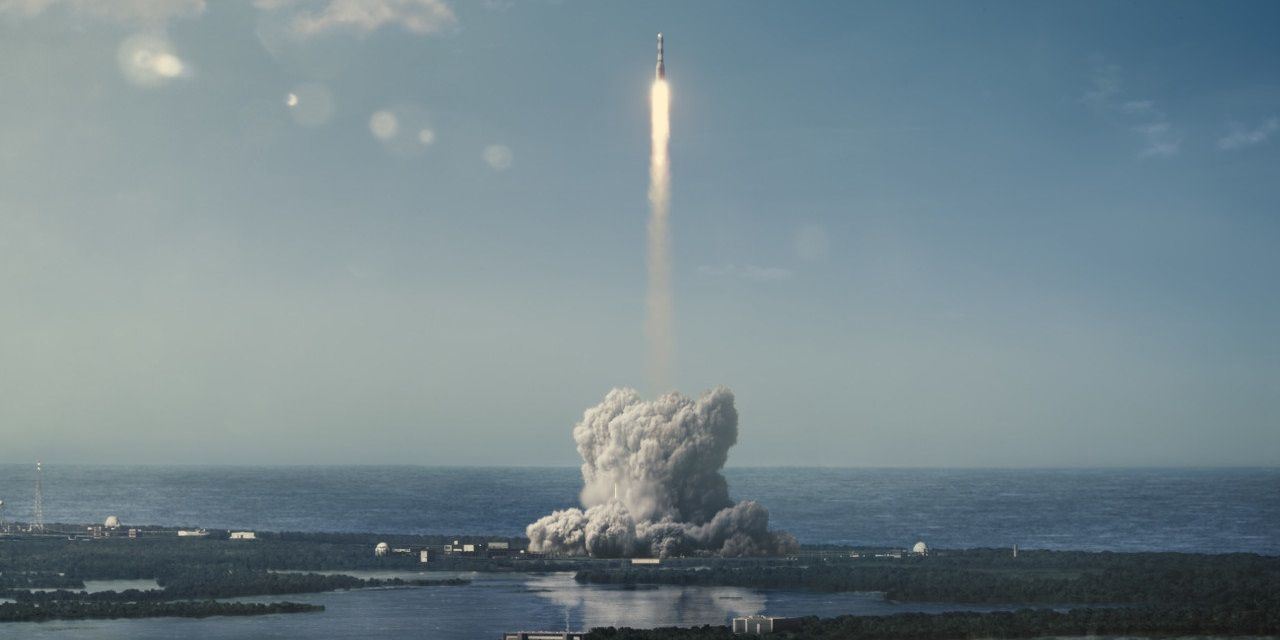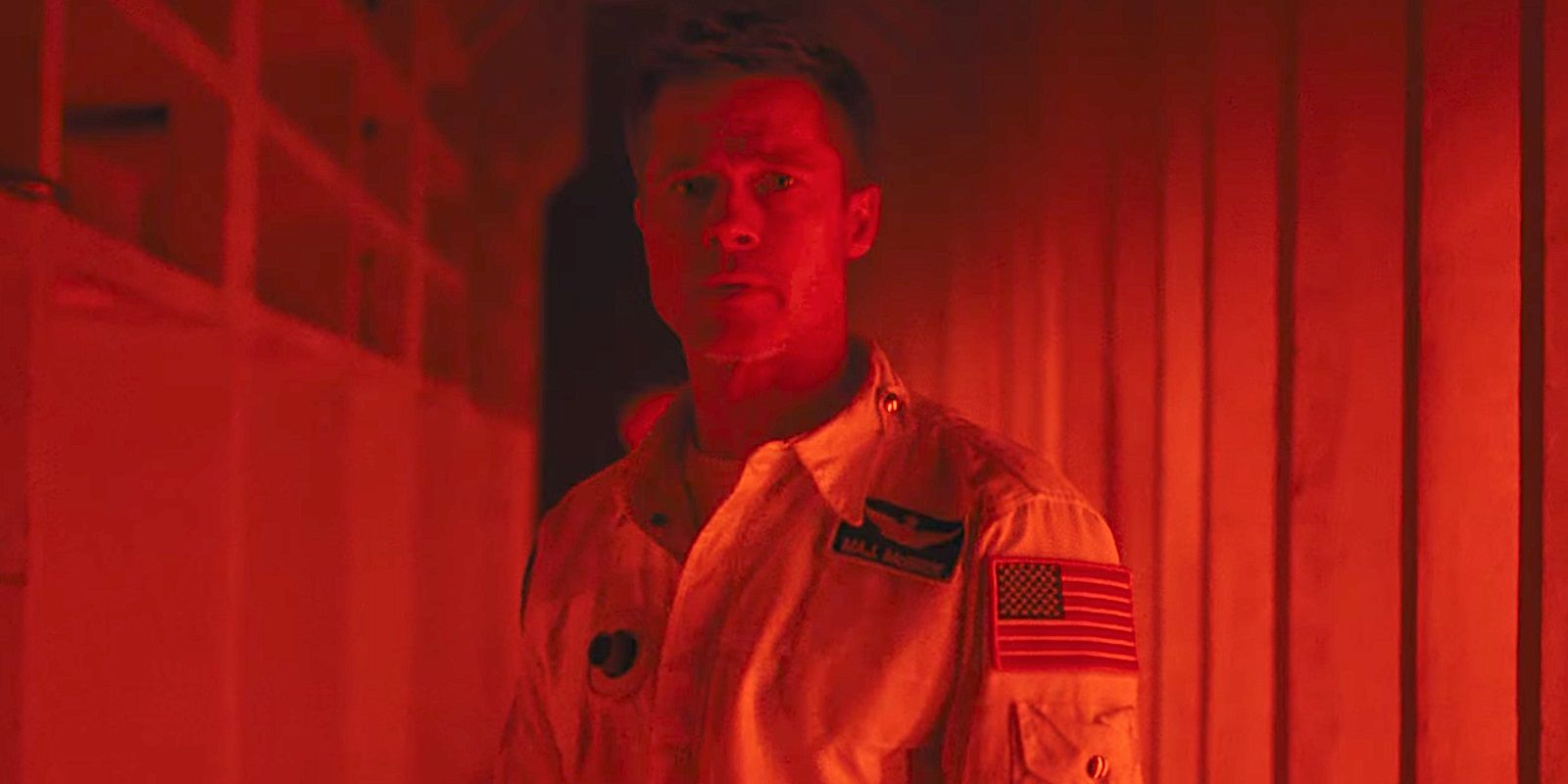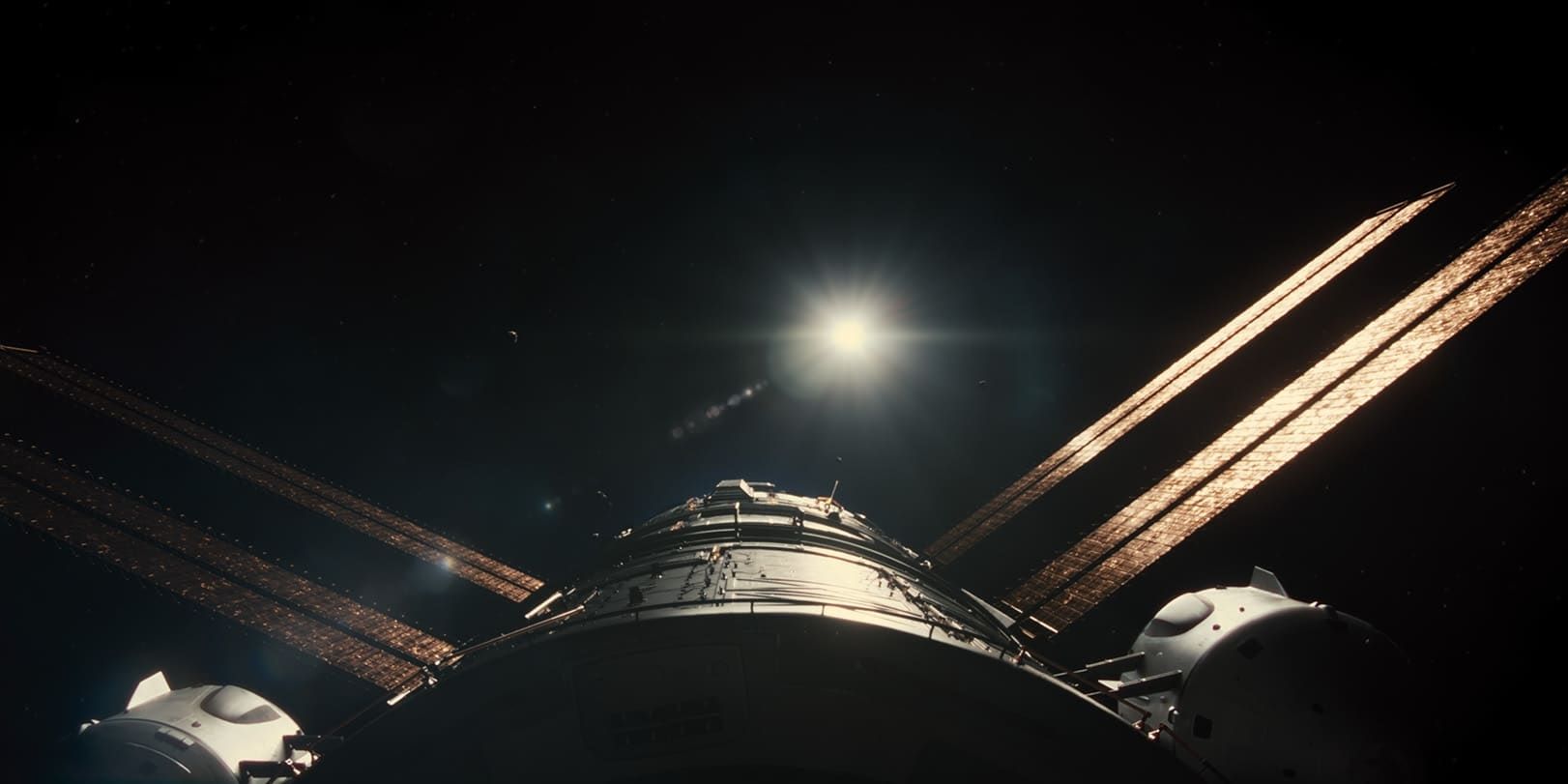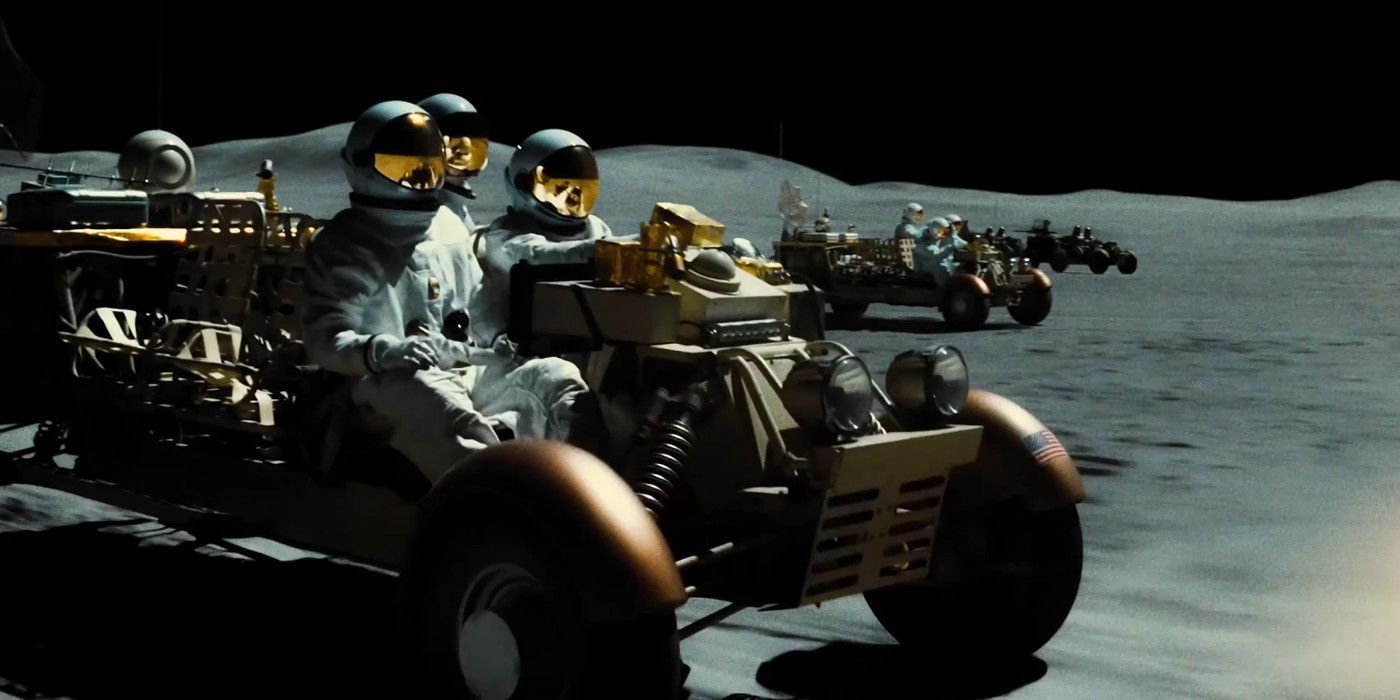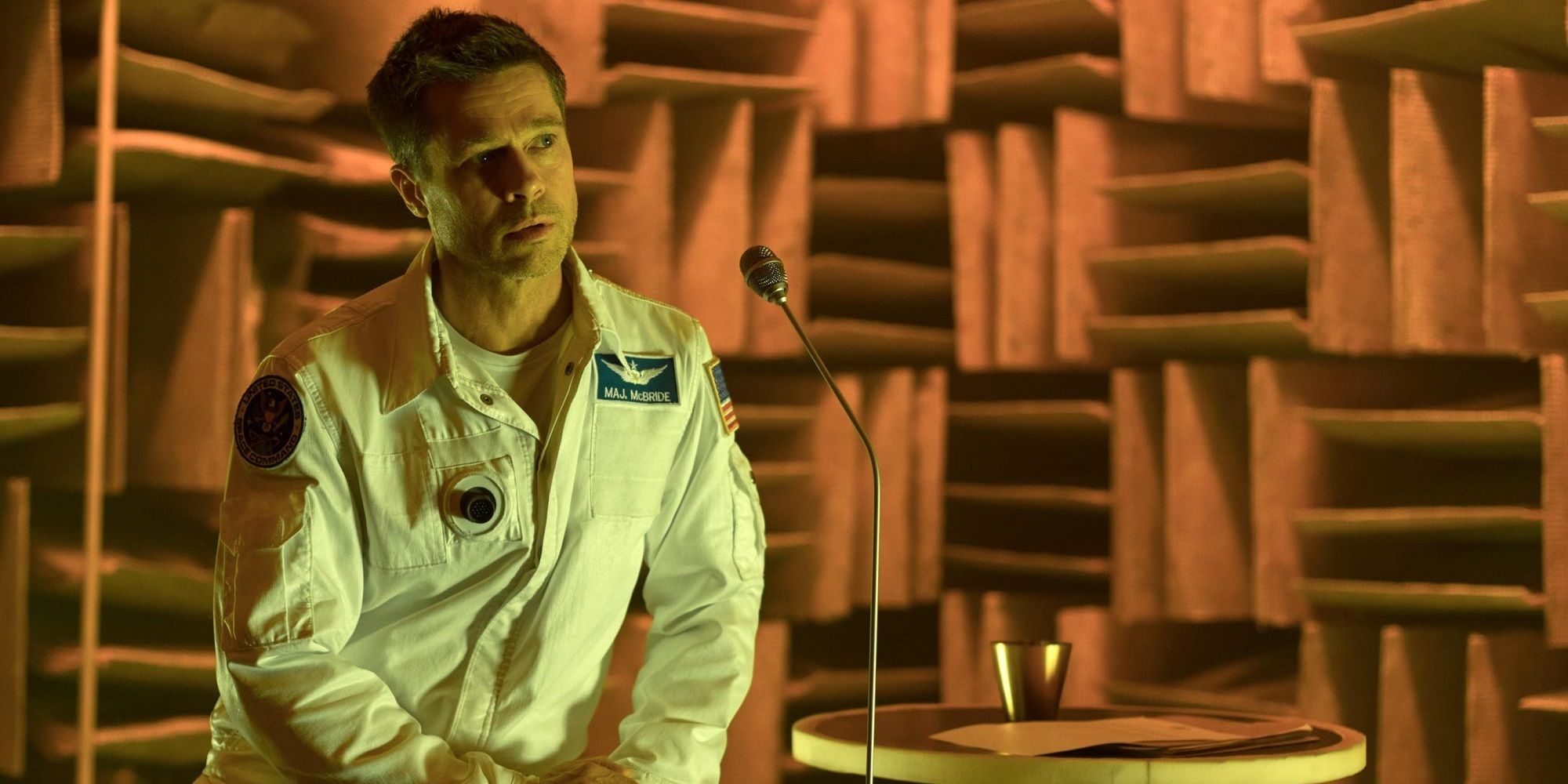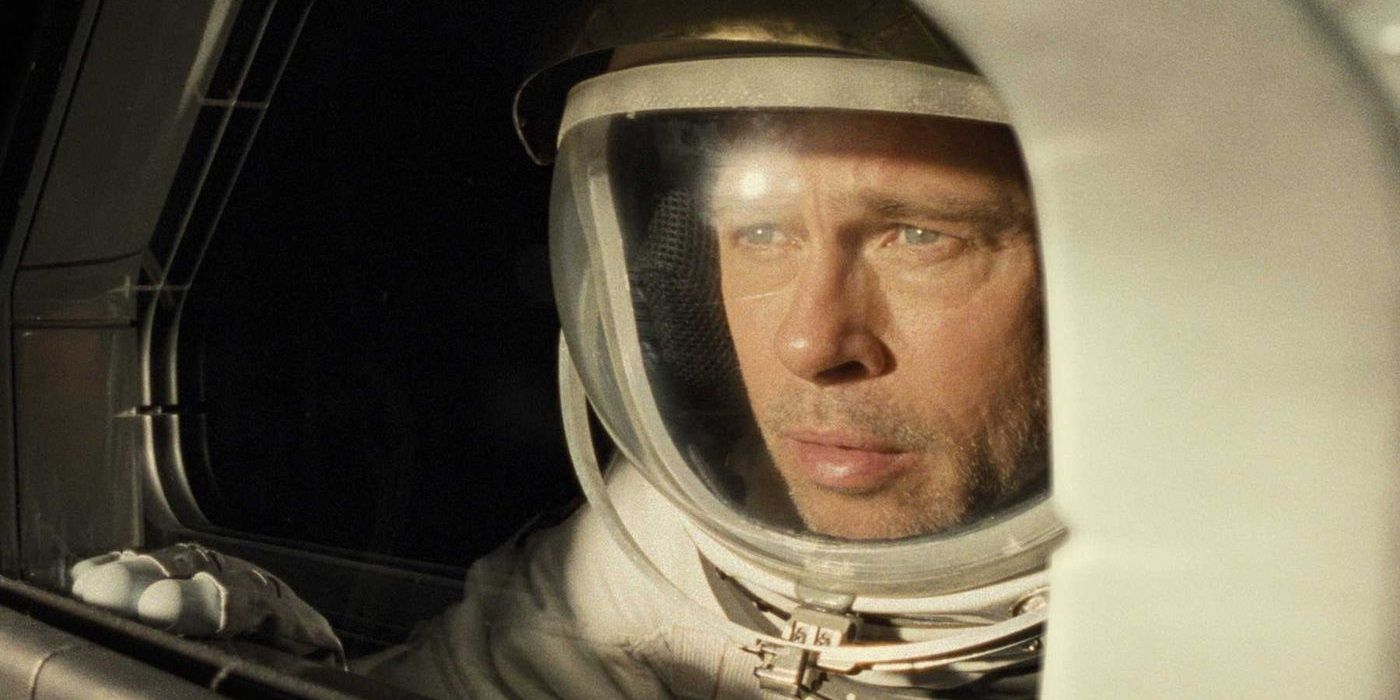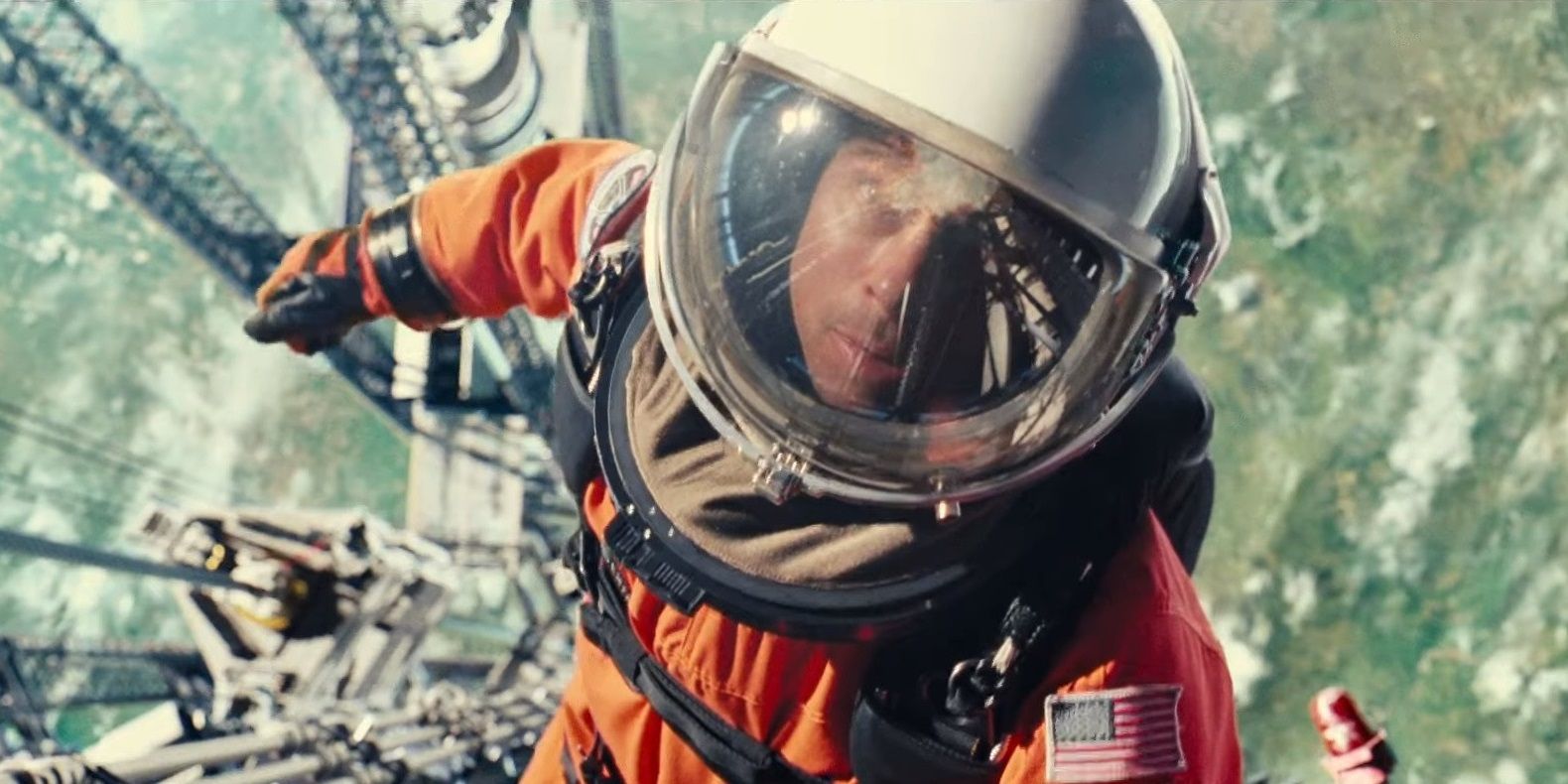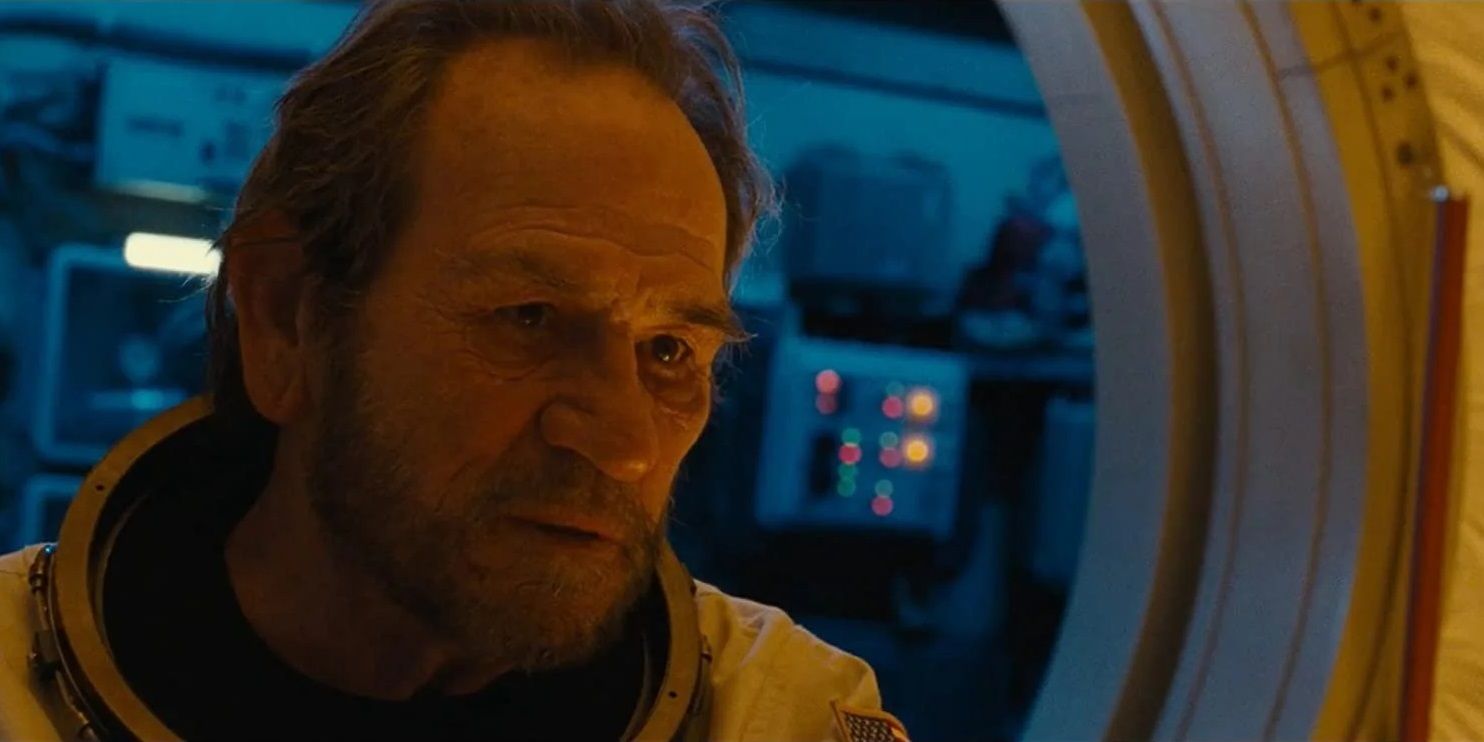Brad Pitt’s most talked-about 2019 performance was his Oscar-winning turn as stuntman Cliff Booth in Quentin Tarantino’s Once Upon a Time in Hollywood, but the actor also did some fine work in James Gray’s sci-fi epic Ad Astra. Pitt played Roy McBride, an astronaut who heads to Neptune in the hopes of reuniting with his presumed-dead father.
Due to its cerebral take on humanity’s future and the endless possibilities of space travel, Ad Astra was compared to Stanley Kubrick’s 2001: A Space Odyssey. But surprisingly, it invited more comparisons to Francis Ford Coppola’s Apocalypse Now with its storyline and central character dynamic.
2001: The Isolation Of Space
James Gray found himself reflecting on 2001 a lot during the production of Ad Astra, because he considers Kubrick’s spacefaring epic to be the crowning achievement of sci-fi cinema.
In particular, Gray examined how Kubrick used the isolation of space to tell a unique kind of story and bring out purely instinctive performances from his actors.
Apocalypse Now: Voiceover Narration
In Ad Astra, Roy’s state of mind is tracked via extensive voiceover narration. Sometimes, these narrations are taken from messages sent between Roy and his father, but it’s the same cinematic device.
Martin Sheen’s voiceover narration in Apocalypse Now is among the most iconic in film history (along with Goodfellas, Sunset Boulevard, and Diary of a Country Priest). Willard’s voiceover dialogue was penned by Dispatches author Michael Herr drawing on his own personal experiences in Vietnam and bringing them to life with his vibrant command of language.
2001: Journey Across The Universe
Roy’s journey in Ad Astra takes him from Earth to the Moon to Mars and eventually to Neptune before he’s catapulted back to Earth by a nuclear shock wave.
This echoes Dave Bowman’s journey across the universe in 2001 that culminates at Jupiter before he’s returned to Earth as a Star Child to usher in the next stage of human evolution.
Apocalypse Now: Mostly Non-Verbal Lead Performance
While Brad Pitt got to do plenty of line readings in Ad Astra thanks to the voiceover narration, he didn’t get a lot of spoken dialogue because Roy is alone for most of the movie, so there’s no one around to talk to.
Pitt’s performance relied a lot on non-verbal communication, a lot like Martin Sheen’s disturbed portrayal of Captain Willard at the center of Apocalypse Now’s visual poetry.
2001: Mind-Blowing Practical Effects
There’s a lot of CGI in Ad Astra, but not as much as the average blockbuster. James Gray used practical methods where possible, because tangible objects will always feel more real on the big screen than computer-generated ones.
Kubrick broke a ton of new ground when he was shooting 2001. He filled the studio backlots with gigantic sets to shoot the movie as practically as possible.
Apocalypse Now: Warfare
The cerebral, semi-realistic tone of Ad Astra takes a backseat when Roy arrives on the Moon as his convoy is ambushed by pirates with laser guns. There’s a direct parallel between Roy traveling through a warzone in Ad Astra and Captain Willard taking a boat through the jungle amidst the chaos of the Vietnam War in Apocalypse Now.
The true-to-life atrocities of Apocalypse Now are more affecting than the genre thrills of Ad Astra, but the same themes are still there.
2001: Surreal Visuals
Kubrick shot some of the most surreal visuals ever put on film for 2001. The Star Gate sequence is so trippy that it attracted enough hallucinogenic drug users to save the movie from tanking at the box office.
The visuals in Ad Astra are equally surreal, from the lyrical aesthetic in the vacuum of space to the curiously bohemian interiors.
Apocalypse Now: Flawed Hero
Both Ad Astra and Apocalypse Now follow a flawed hero. Roy McBride is estranged from his wife, hung up on his dad, and deemed to be mentally unstable by the NASA scientists overseeing him.
Captain Willard is a cynical alcoholic following orders to kill a war hero who’s become a cult leader, observing endless death and destruction along the way.
2001: Breathing In Space
During most of the space-bound scenes in Ad Astra, the only audible sound is the astronauts’ breathing. This echoes the space walk scenes in 2001, which are silent except for the astronauts’ breathing sounds.
Interestingly, all the breathing that is heard in 2001 was recorded by Stanley Kubrick himself. He’s such a perfectionist that he wouldn’t even entrust breathing to someone else.
Apocalypse Now: Heart Of Darkness Arc
The main thing in Ad Astra that makes it feel like Apocalypse Now is its Heart of Darkness-adjacent storyline. Screenwriter John Milius adapted Joseph Conrad’s Heart of Darkness into the story of a U.S. Army captain who’s tasked with assassinating an American colonel who’s lost his mind and gone rogue in Cambodia.
In Ad Astra, an astronaut is sent to communicate with his long-lost father, then travels across the universe to bring him back. The narrative throughline is essentially the same. It’s one man’s journey to another man who’s gone crazy, just set across the stars and not the rivers that run through Vietnam and Cambodia.


